Behind the scenes: TGM talks to the folks behind the 2019 Proton Saga
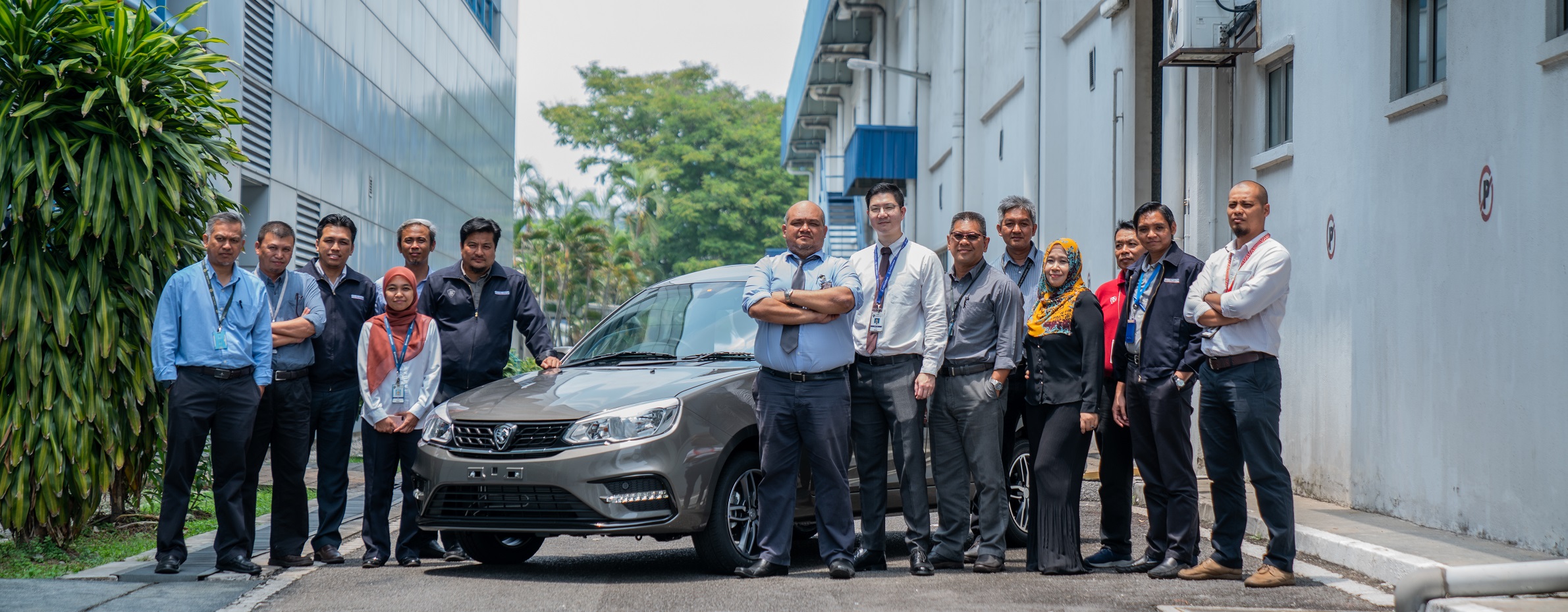
From a rebadged Mitsubishi that sparked the national car movement to a home-grown product determined to mobilise the rakyat in the face of growing competition, the Proton Saga has gone from affordable commodity to national symbol since its journey began in 1985. The 2019 Saga – an impressive mid-life update of an otherwise basic third-gen sedan – bridges the gap between Proton’s patriotic ideals of old and a globalised future plotted by new partner Geely.
This is the story of the men and women who made it all happen...
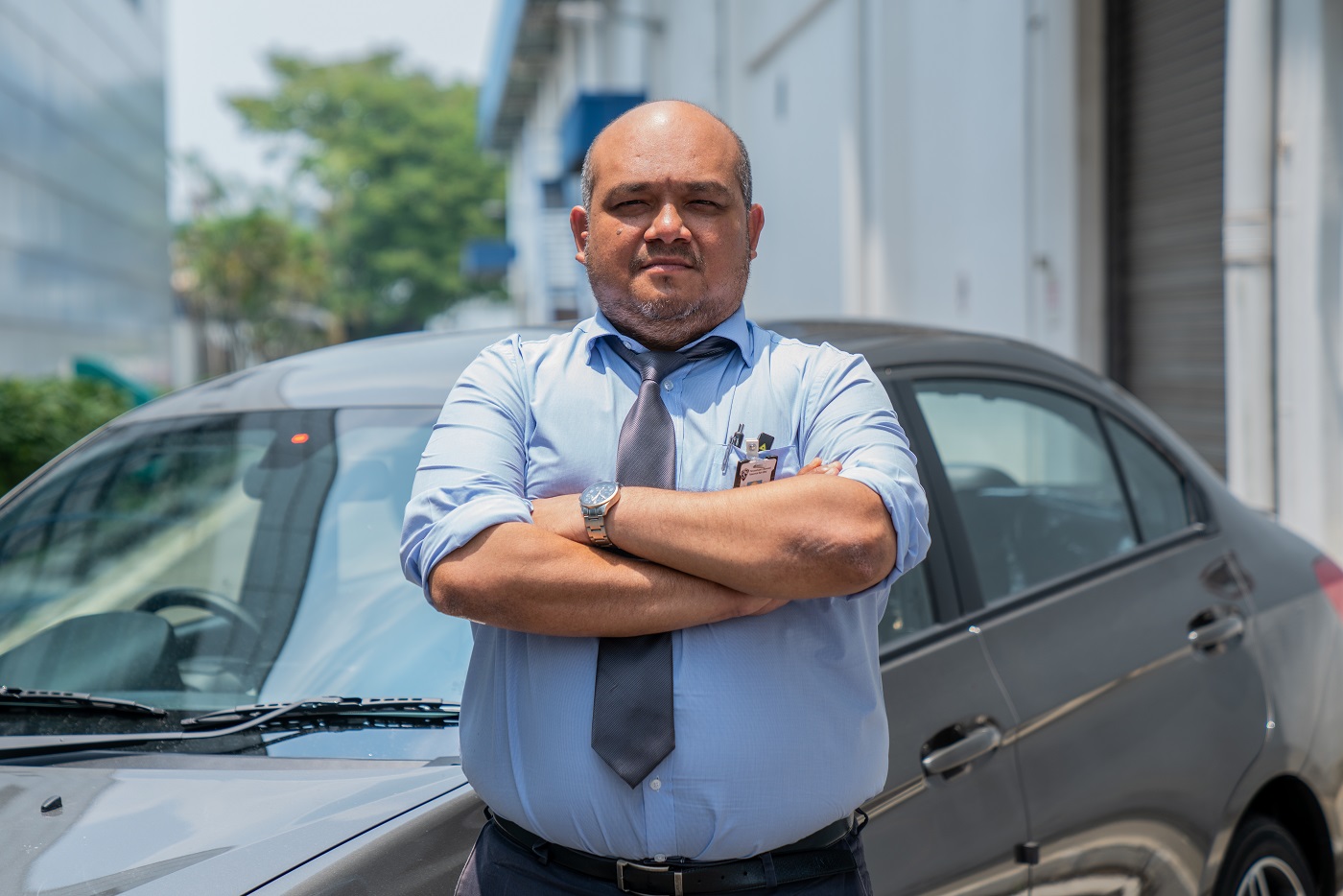
Desmond John Pinto (Vehicle Program Executive)
At the age of 16, Desmond John Pinto used to practise for his driving test in his father's Proton Saga. Today, he is one of the key names responsible for developing the nameplate's latest iteration, having joined the national carmaker from partnering carmaker Geely recently.
Pinto readily admits that the Saga was one of the toughest assignments of his career given the cost restraints an entry-level car has to manage and a “long-standing emotional connection Malaysians have with the Saga nameplate”.
“Sure, one can say the BLM platform is a little long in the tooth, but that simply drives home the fact that its fundamentals are sound enough and could be further improved to stay current and still provide the value propositions on offer,” he explains.
“There’s no doubt the collaboration with Geely has been instrumental in providing access to its global supply chain and engineering expertise. The result can be seen in the Saga itself – it’s a much more mature product, developed for its intended market at the right cost, quality and hence, the right price point.”
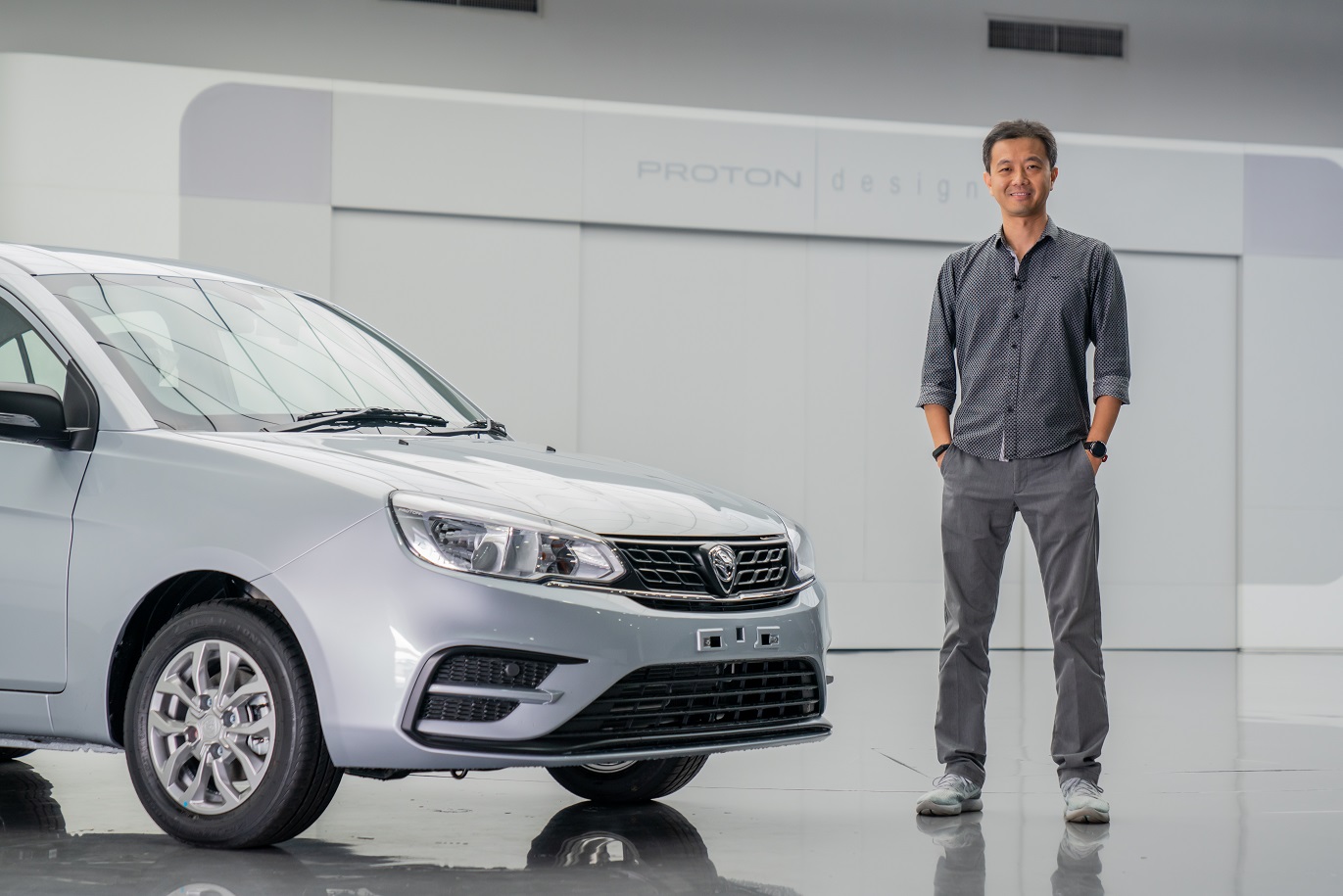
Azlan Othman (Chief Designer)
Azlan Othman's 23-year designing career at Proton was was sparked by the sight of a first-generation Proton Saga from the window of his school bus. Today, the Saga continues to occupy a special place in his portfolio.
“I penned the 2016 model and now I get to grow with it and see it mature,” says Azlan. “It’s a heavy burden and you don’t just design cars for design’s sake any more. It’s about social responsibility and your ability to give back to the country,” he added, citing the Saga's affordability and commercial importance to Proton.
The 2019 Saga adopts design cues Azlan first developed for the X70 - an SUV some doubters still see as merely a rebadged Geely. But Azlan sees the collaboration as an opportunity to design more exciting products in the future.
“Between Geely donor products and Proton legacy products, we see an opportunity that both parties can use. We have already been invited to have a hand at future Geely products. It’s a very good signal so soon in the marriage to be able to do this and I’m very optimistic and positive we’ll have the ability to design both ways”.
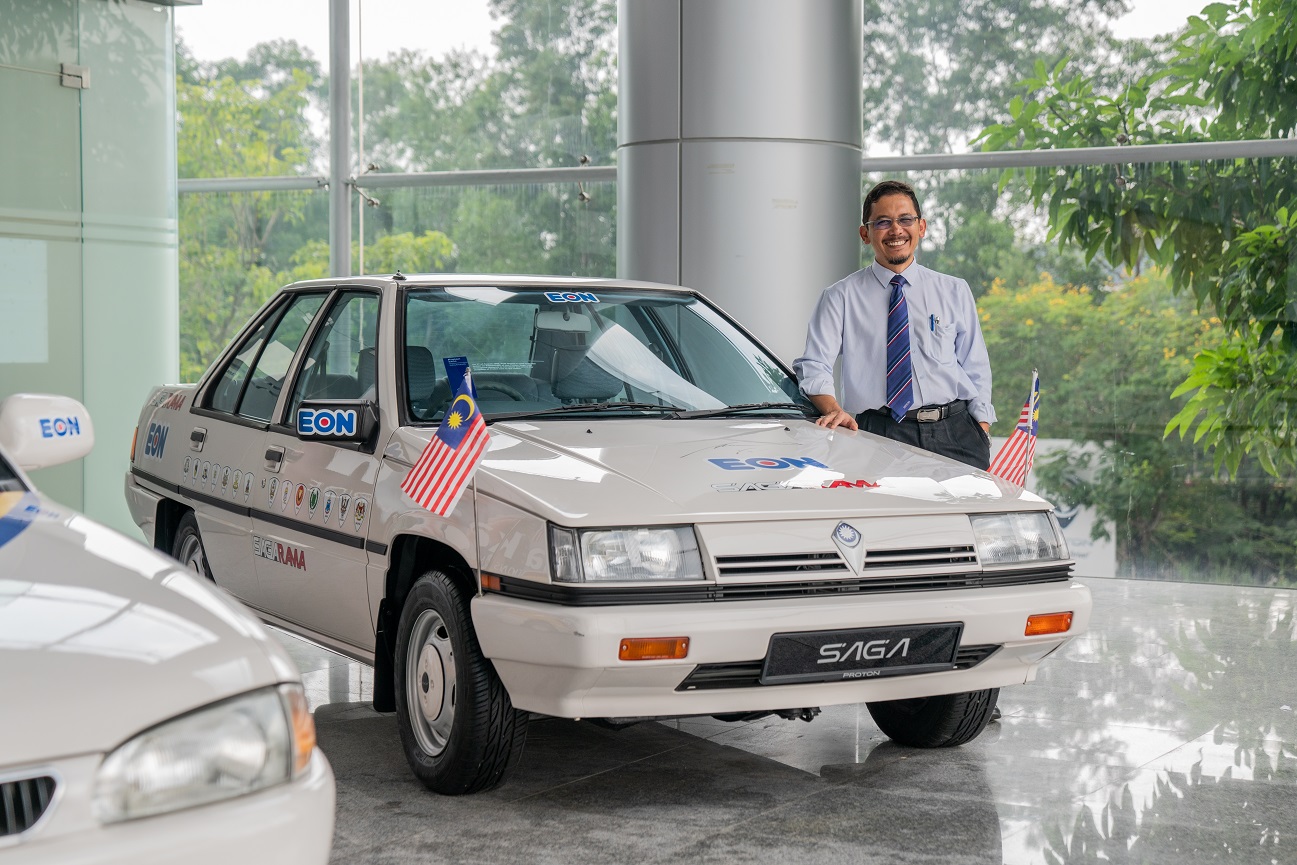
Yusri Yusuf (Senior Director, Corporate Strategy)
In 25 years with Proton, Yusri Yusuf has seen every peak and trench with Proton, from the roaring 90s when the company dominated with as much as 70 percent of the local market share to a new millennium made challenging by the growing hunger of a certain other Malaysian manufacturer
For all the ups and downs, he insists the Saga will always be the brand’s focal point. “The Saga is the most synonymous word with Proton. Proton has offered it to be the most affordable vehicle, making it as close to a commodity as it could be. That is the importance of the Saga not only to Proton but to also to many Malaysians,” he says.
The Saga's pricing makes young Malaysians, some likely younger than Yusri's Proton career, a key target audience. "We still believe that car ownership by younger generation is still important,” responded Yusri when questioned about the rising popularity of e-hailing and subscription services.
“We want them to get what they need to start a family or a career and use this platform to experience the Proton way and move on with the Saga itself, or upgrade to another Proton.”
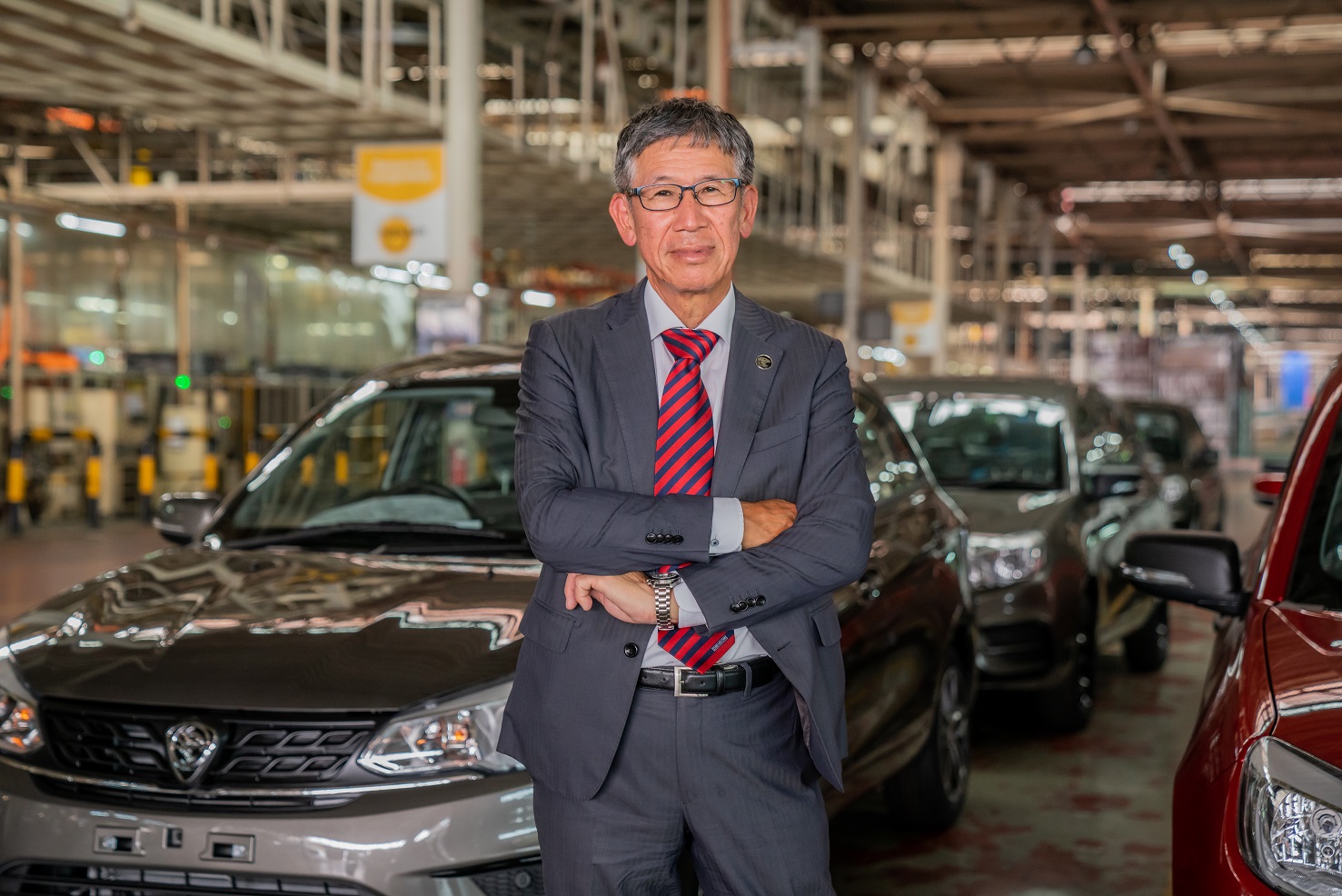
Yoshiya Inamori (Vice President, Manufacturing)
For most Malaysians, the Proton Saga story began in 1985. However, Yoshiya Inamori's recollection of the first Malaysian car goes further back, having worked at Mitsubishi Motors in Japan as a production engineer while details of a collaboration with Proton were still being finalised.
Inamori oversees the 750 workers responsible for every new Proton Saga that rolls off the assembly line in Shah Alam, and he speaks rather highly of their work.
"For the Saga, we are getting local parts between 80 to 90 percent. So almost all the parts come from within Malaysia. The quality is almost comparable to Japanese products. The static and dynamic qualities, both are competitive,” he adds, citing a shift of production to Tanjung Malim in 2023 if everything goes to plan for Proton’s breadwinner.
“When I came here in 2017, I saw so many first-generation Saga on the road so I think Malaysian people really like the Saga. The name Saga is the brand identity for Proton and we have a special focus on it. It’s very important. The Saga will continue forever.”
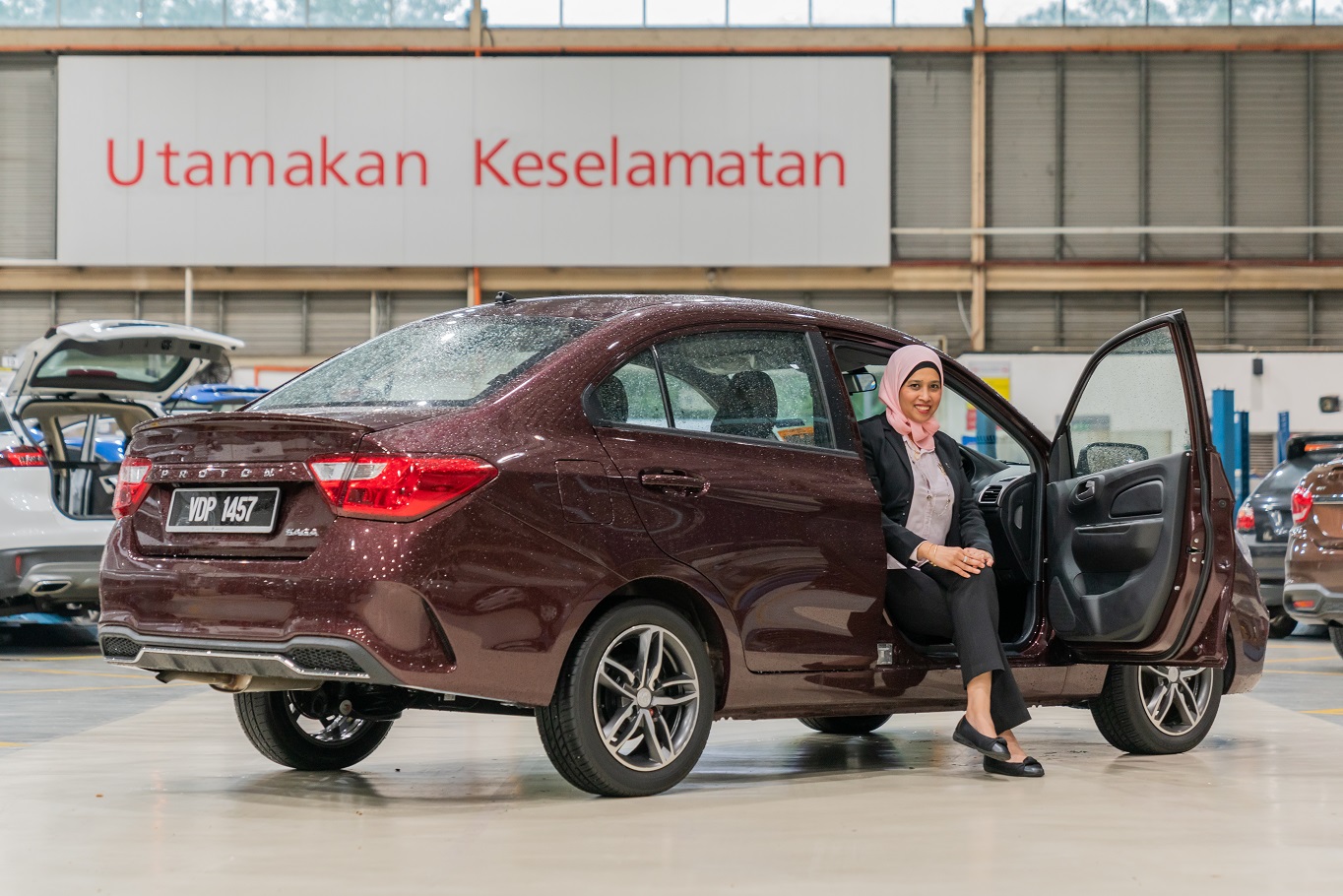
Nor Nadia Kamarudin (Deputy Head, Corporate Quality)
For all the gender barriers that have been broken by various industries in recent decades, the automotive landscape continues to appeal to a predominantly male workforce. Women in R&D positions are few and far between. It’s a trend the likes of Nor Nadia Kamarudin, who was incidentally the first female engineer at Volvo Car Malaysia, want to change.
“We need women in all areas, not just R&D. Diversity is crucial for business success. Both men and women drive Proton cars. We need to develop, style and sell our cars accordingly. That is why all ages, sexes an races are equally important in our business,” stresses the Penangite.
“I was only seven years old when the Proton Saga was introduced the same year the iconic Penang Bridge was inaugurated. Everyone talked about it. Both were Malaysia’s biggest achievements at the time,” recalls Nadia.
Today, her work at Proton determines one of the key aspects everyone is concerned about in a new car: quality. "During development of the new Saga, the quality team was involved from the design stage to offer feedback on perceived quality and input for improvements,” she explains.


